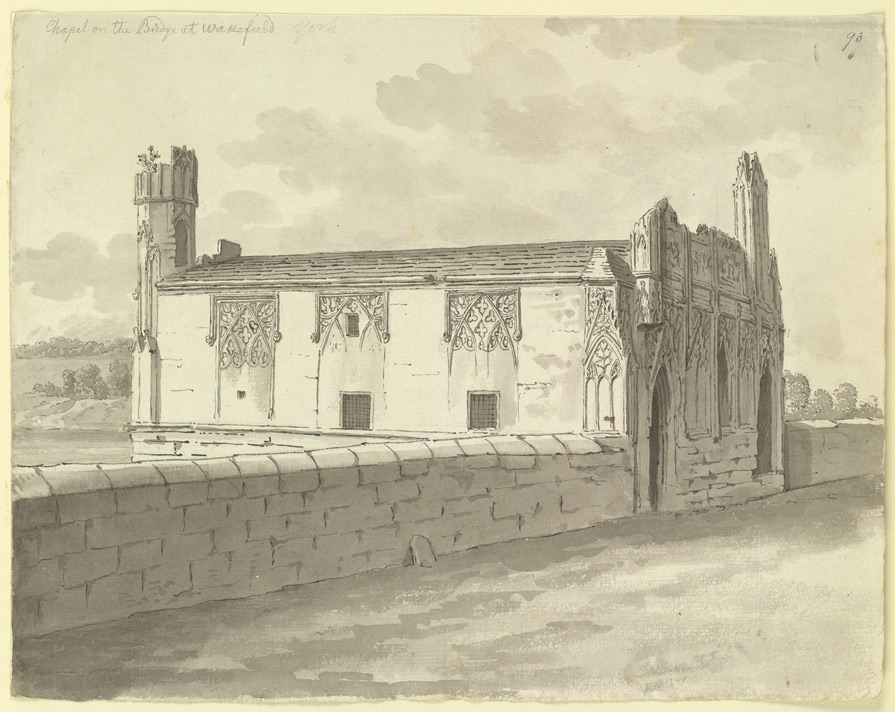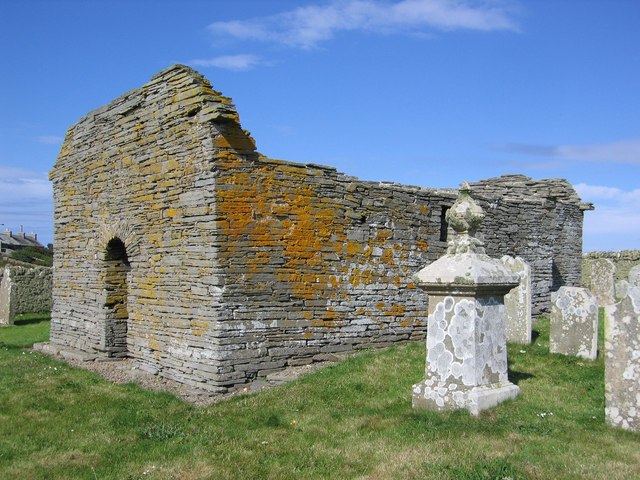|
St Mary's Chapel (Crosskirk)
St. Mary's Chapel may refer to: Ireland * St. Marys Chapel of Ease, Dublin United Kingdom England * St. Mary's Chapel, Jesmond, Newcastle upon Tyne *St Mary's Church, Hampstead, London *St Mary's Chapel, High Legh, Cheshire *Ss Mary & Everilda, Everingham, Yorkshire *Chantry Chapel of St Mary the Virgin, Wakefield, West Yorkshire Northern Ireland * St. Marys Chapel, Maguiresbridge, County Fermanagh Scotland *St Mary's Chapel, Crosskirk 12th-century *St Mary's Chapel, Rattray *St Mary's Chapel, Wyre, Orkney * Chapel of St. Mary and St. Nathalan, ruined chapel, Stonehaven United States * St. Mary's Chapel (Adams County, Mississippi) * St. Mary's Chapel (Hillsborough, North Carolina) *St. Mary's Chapel (Raleigh, North Carolina) *St. Mary's Seminary Chapel, Baltimore, Maryland See also *St. Mary's Church (other) *St. Mary's Cathedral (other) St. Mary's Cathedral, St. Mary Cathedral, Cathedral of St. Mary the Virgin and similar may refer to: Australia * St Mary' ... [...More Info...] [...Related Items...] OR: [Wikipedia] [Google] [Baidu] |
St Mary's Church, Hampstead
St Mary's Church, formerly St Mary's Chapel, is a Grade II* listed Roman Catholic church in Hampstead, London, UK. History St Mary's was the first Catholic church to be built in Hampstead after the English Reformation of the 16th century. The Abbé Jean-Jacques Morel, a refugee from the French Revolution, was its first pastor. The little chapel was completed in less than a year and opened its doors to worshippers for the first time in August 1816. By this time with the final defeat of Napoleon, the majority of French refugees in Hampstead had returned to France and the congregation numbered about a hundred on a regular basis although these numbers were increased in the summer months by itinerant Irish hay-makers who worked in the fields around the village. Education was a priority for the Abbé Morel and he undertook the religious education of both boys and young women at several private Catholic schools in Hampstead. Sometime after the building of the chapel in Holly Place, ... [...More Info...] [...Related Items...] OR: [Wikipedia] [Google] [Baidu] |
St Mary's Chapel, High Legh
St Mary's Chapel is a former Anglican parish church in the village of High Legh, Cheshire, England. It is recorded in the National Heritage List for England as a designated Grade II* listed building. History The chapel was built around 1581 as a chapel of ease to High Legh East Hall. High Legh became a separate parish in 1817. The parish was refounded in 1973 with the nearby St John's Church as the parish church. The hall has been demolished. The church was restored in 1836, another restoration was carried out by William Butterfield in 1858, and the chancel, designed by John Oldrid Scott, was added in 1884. Architecture Exterior The chapel is built in ashlar stone with a tiled roof. Its plan consists of a nave with aisles and a chancel. On the west front is a central porch with pilasters. Above the porch is a three-light Perpendicular window and on each side are two light perpendicular windows. On the gable is a square bell turret with a single bell. On the ... [...More Info...] [...Related Items...] OR: [Wikipedia] [Google] [Baidu] |
Ss Mary & Everilda, Everingham
The Chapel of St. Mary the Virgin and St. Everilda, in the village of Everingham in the East Riding of Yorkshire, England, is an impressive Italianate-style Roman Catholic chapel within the Diocese of Middlesbrough. The chapel is owned by the Guest family and is noteworthy as a Grade I listed building, with a fine organ. History The impressive stuccoed classical exterior almost dwarfs the adjacent red-brick Everingham Hall, which was designed by John Carr and built between 1757 and 1764 for William Haggerston Constable. His descendant, William Constable-Maxwell, 10th Lord Herries of Terregles, from an old recusant family, built the chapel between 1836 and 1839, following passage of the Roman Catholic Relief Act 1829. Once the act was passed, a number of Roman Catholic benefactors offered their assistance, and a large number of churches and chapels were built in the ensuing years. Yorkshire had a long history of recusancy and a large number of families had remained Catholic long ... [...More Info...] [...Related Items...] OR: [Wikipedia] [Google] [Baidu] |
Chantry Chapel Of St Mary The Virgin, Wakefield
The Chantry Chapel of St Mary the Virgin is a chantry chapel in Wakefield, West Yorkshire, England, and is designated a Grade I Listed building by English Heritage. It is located south of the city centre on the medieval bridge over the River Calder. It is the only survivor of four chantries in Wakefield and the oldest and most ornate of the surviving bridge chapels in England. Others are at St Ives (Cambridgeshire), Rotherham, Derby and Bradford-on-Avon. The chapel has had three west fronts, the original medieval façade having been removed to Kettlethorpe Hall in 1832. The medieval bridge is a scheduled ancient monument. History Wakefield had four chantry chapels, three of which dated from the 13th century. They were built outside the medieval town on the roads leading to Leeds, Dewsbury, York and Doncaster. The Chantry of St John the Baptist was on Northgate, the road to Leeds, where Wakefield Grammar School stands today. The Chapel of St Mary Magdalene was on Westgate where ... [...More Info...] [...Related Items...] OR: [Wikipedia] [Google] [Baidu] |
St Mary's Chapel, Crosskirk
Crosskirk Broch was a fortification near the present day hamlet of Crosskirk near Thurso, Caithness, Scotland. After thorough archaeological exploration it was destroyed in 1972 since the site had become unsafe due to sea erosion. The site was unusual in having a broch, a large circular fortification, built within an older promontory fortification with a ring wall and blockhouse. History Crosskirk was occupied at the end of the Bronze Age. From the early Iron Age that followed there is carinated pottery that appears to be locally made but is similar to pottery of the same period in southern and eastern England. A few samples are black-burnished. Uncorrected radiocarbon dates for this pottery are in the 6th and 5th centuries BC. There seems to be a discontinuity in the middle Iron Age when the buildings were reconstructed and new types of pottery and artifacts were introduced, although variants of some of the older styles continued. This may be interpreted as being due to the ... [...More Info...] [...Related Items...] OR: [Wikipedia] [Google] [Baidu] |
St Mary's Chapel, Rattray
St Mary's Chapel (known also as "the Chapel of the Blessed Virgin") is a late 12th/early 13th century chapel found in Rattray, Aberdeenshire, Scotland. It was built by William Comyn, jure uxoris Earl of Buchan during the same period as the Castle of Rattray and was ''"private chapel for the castle"'' and its residents. ''"Dedicated to the Virgin Mary"'' it was possibly constructed after the ''"drowning of a"...'' nknown''"son of Comyn in the well near by."'' There is some controversy as to the date of the chapel's construction. There is a wall plaque with the date 911, but this is certainly a fake as the style of the church and its windows did not appear in Scotland until the late 12th century, which coincides with an account that states it ''"probably dates back to the late 1100s."'' William Comyn did not inherit the Earldom of Buchan until 1212, so the chapel's construction almost certainly did not begin prior to this date. William Comyn is recorded as giving the chapel ''"a ... [...More Info...] [...Related Items...] OR: [Wikipedia] [Google] [Baidu] |
St Mary's Chapel, Wyre
St Mary's Chapel, Wyre is a ruined 12th century chapel found on the island of Wyre, in Orkney, Scotland. It is thought to have been built by a Norse chieftain, Kolbeinn hrúga or his son, Bjarni Kolbeinsson, Bishop of Orkney. The now roofless Romanesque style building was originally constructed of local rubble and lime mortar. During the late 19th century, the building was restored. Historic Environment Scotland established the site, which includes the church and walled burial ground, as a scheduled monument in 1929. Description St Mary's Church can be found on the northwest side of the island of Wyre in Orkney, Scotland. The church and surrounding cemetery lie at the bottom of the hill where the ruined medieval fort, Cubbie Roo's Castle stands. The roofless Romanesque style chapel was constructed of local rubble and lime mortar. The building dates from the mid to late 12th century. It consists of a rectangular nave and chancel. The nave measures by and the chancel is by . ... [...More Info...] [...Related Items...] OR: [Wikipedia] [Google] [Baidu] |
Chapel Of St
A chapel is a Christian place of prayer and worship that is usually relatively small. The term has several meanings. Firstly, smaller spaces inside a church that have their own altar are often called chapels; the Lady chapel is a common type of these. Secondly, a chapel is a place of worship, sometimes non-denominational, that is part of a building or complex with some other main purpose, such as a school, college, hospital, palace or large aristocratic house, castle, barracks, prison, funeral home, cemetery, airport, or a military or commercial ship. Thirdly, chapels are small places of worship, built as satellite sites by a church or monastery, for example in remote areas; these are often called a chapel of ease. A feature of all these types is that often no clergy were permanently resident or specifically attached to the chapel. Finally, for historical reasons, ''chapel'' is also often the term used by independent or nonconformist denominations for their places of worshi ... [...More Info...] [...Related Items...] OR: [Wikipedia] [Google] [Baidu] |


_position.jpeg/1200px-St_Mary's_Chapel_(Crosskirk)_position.jpeg)

